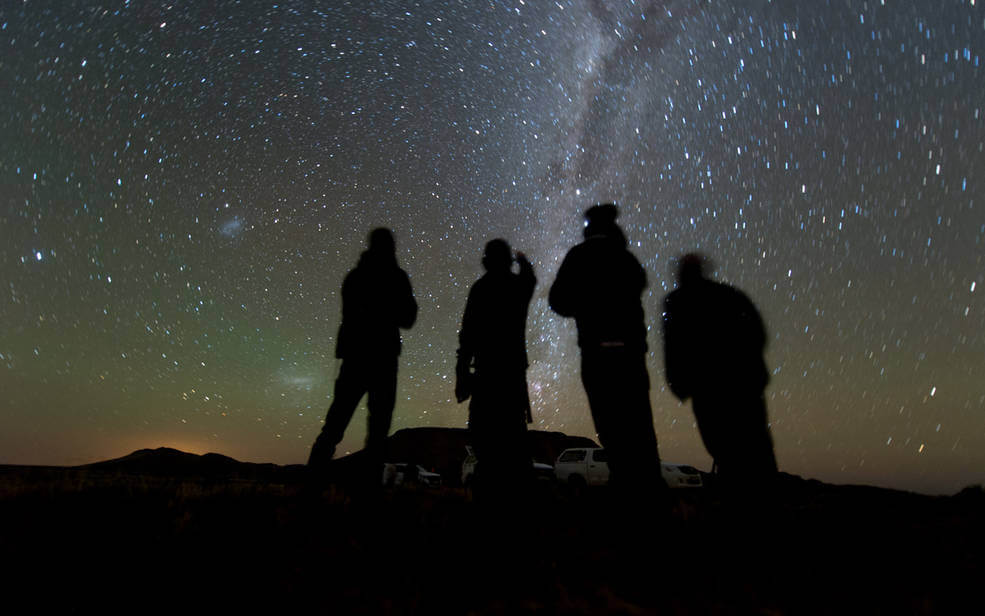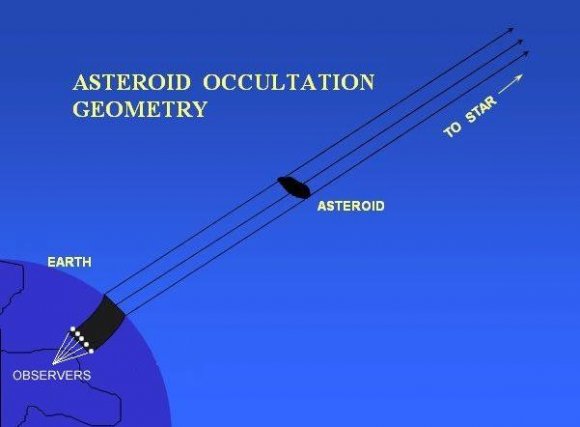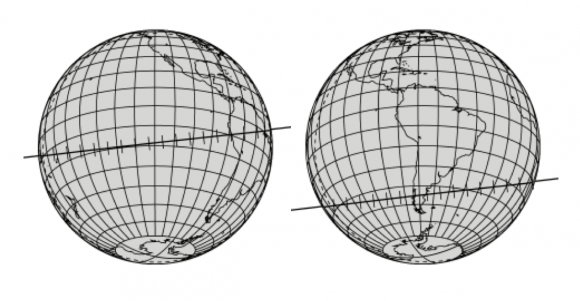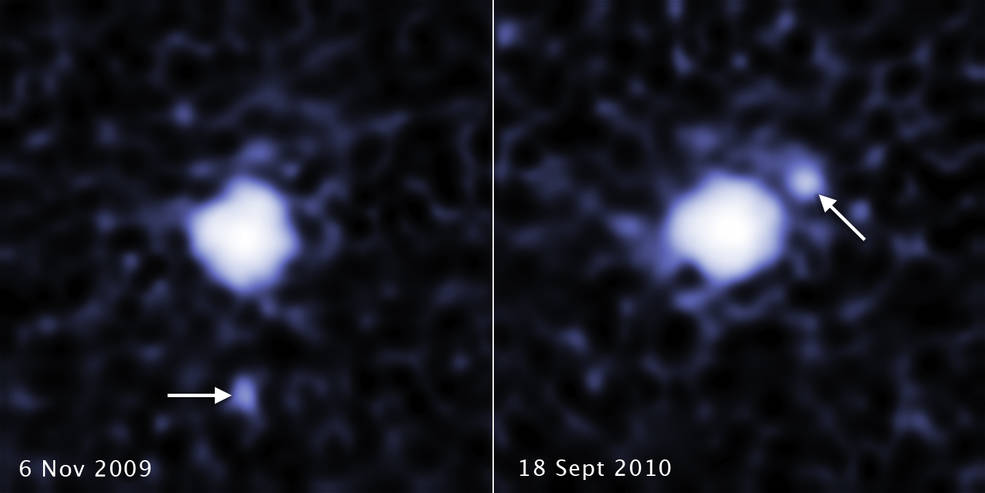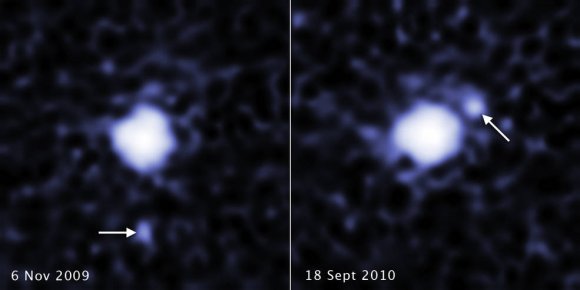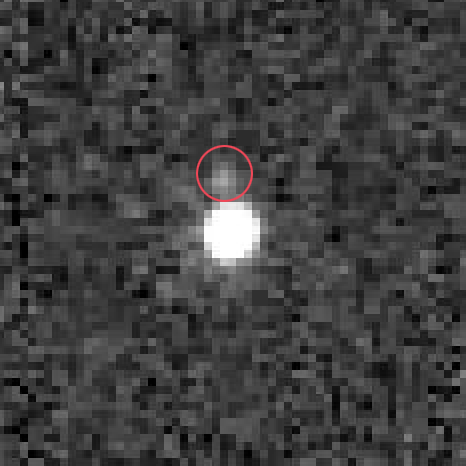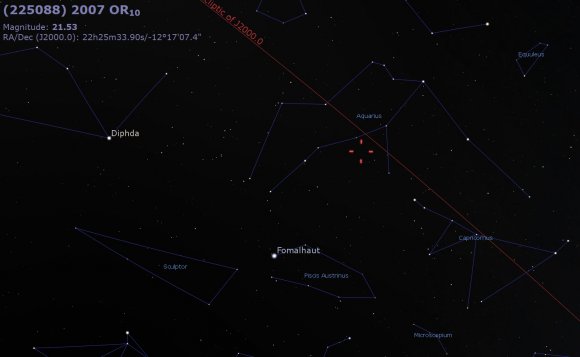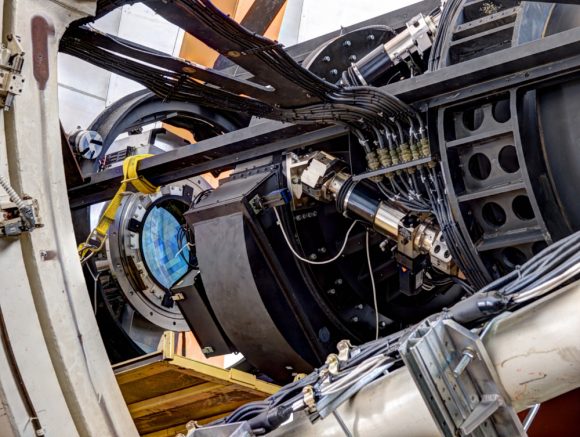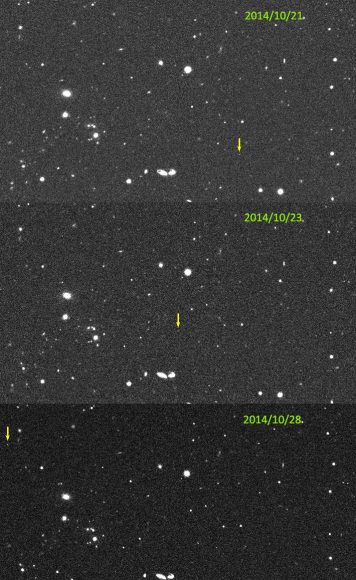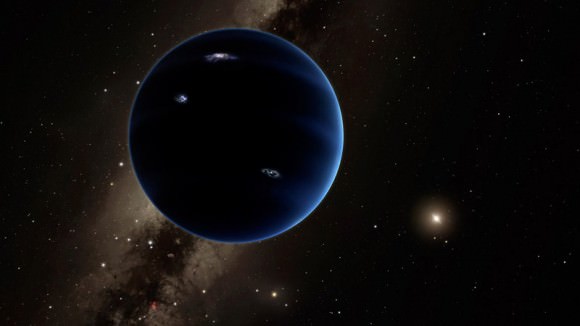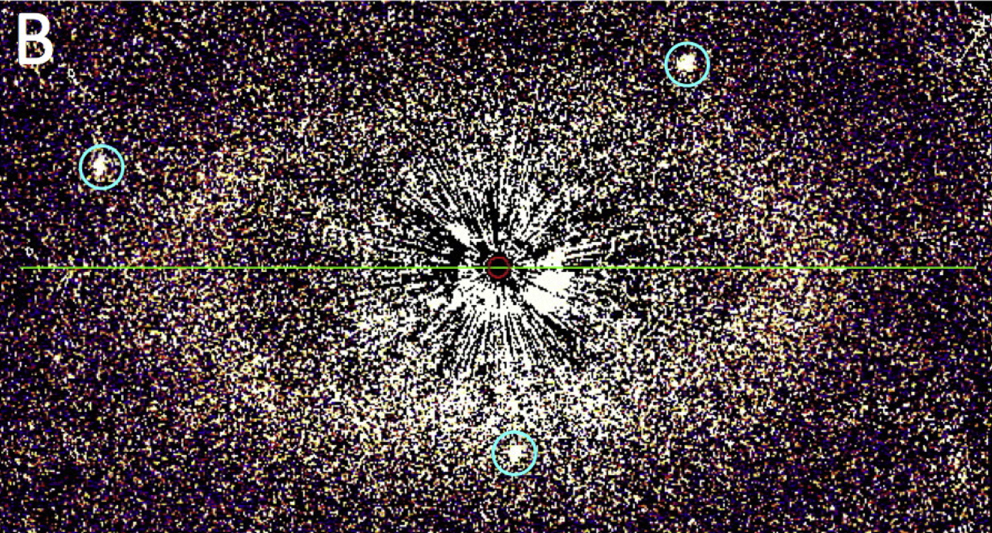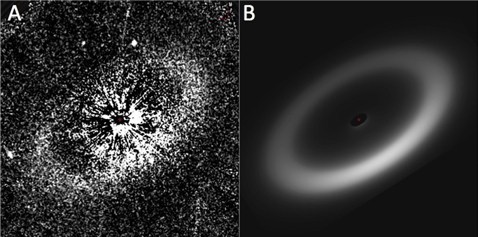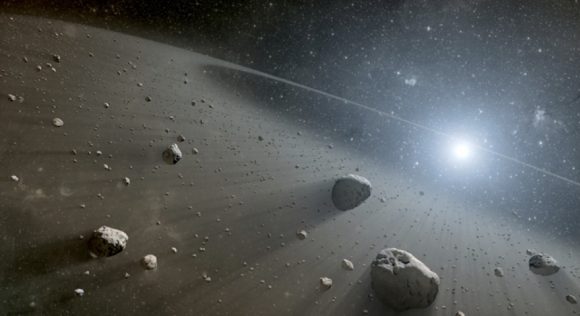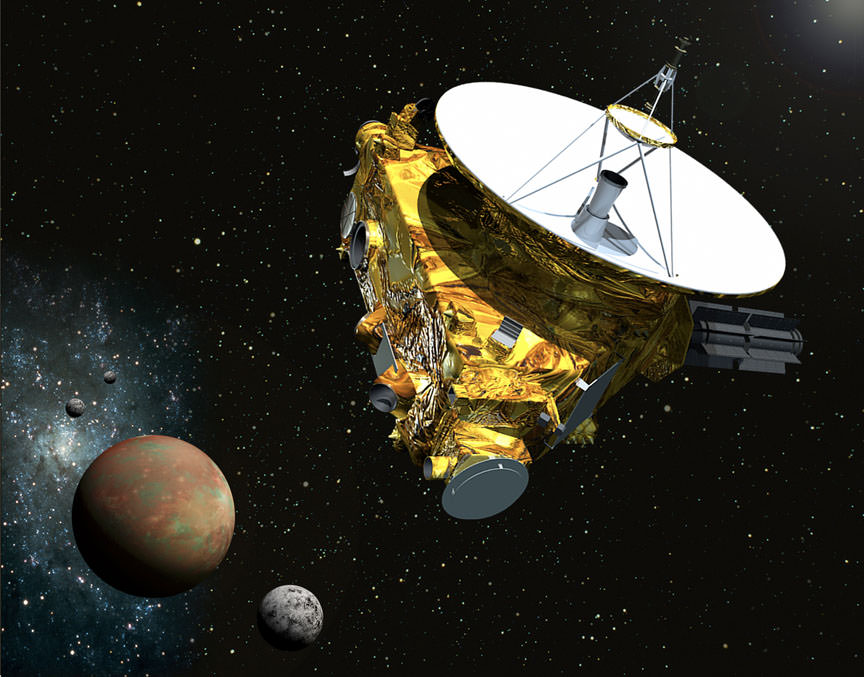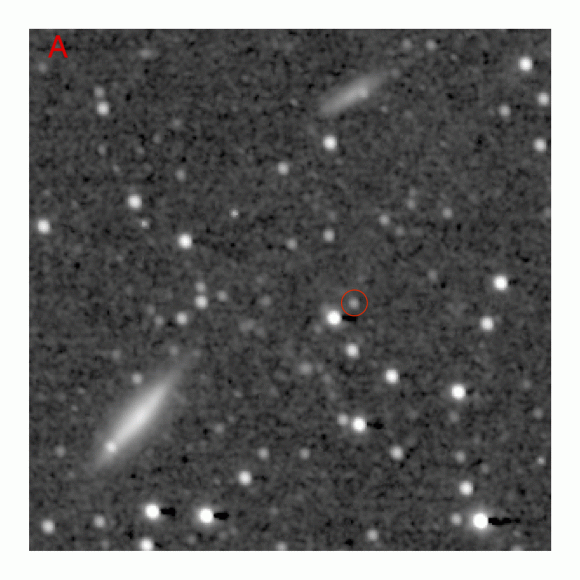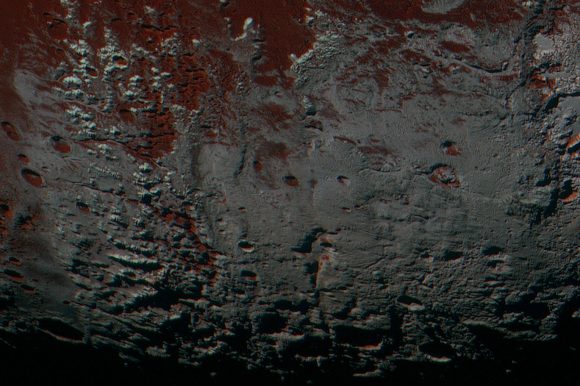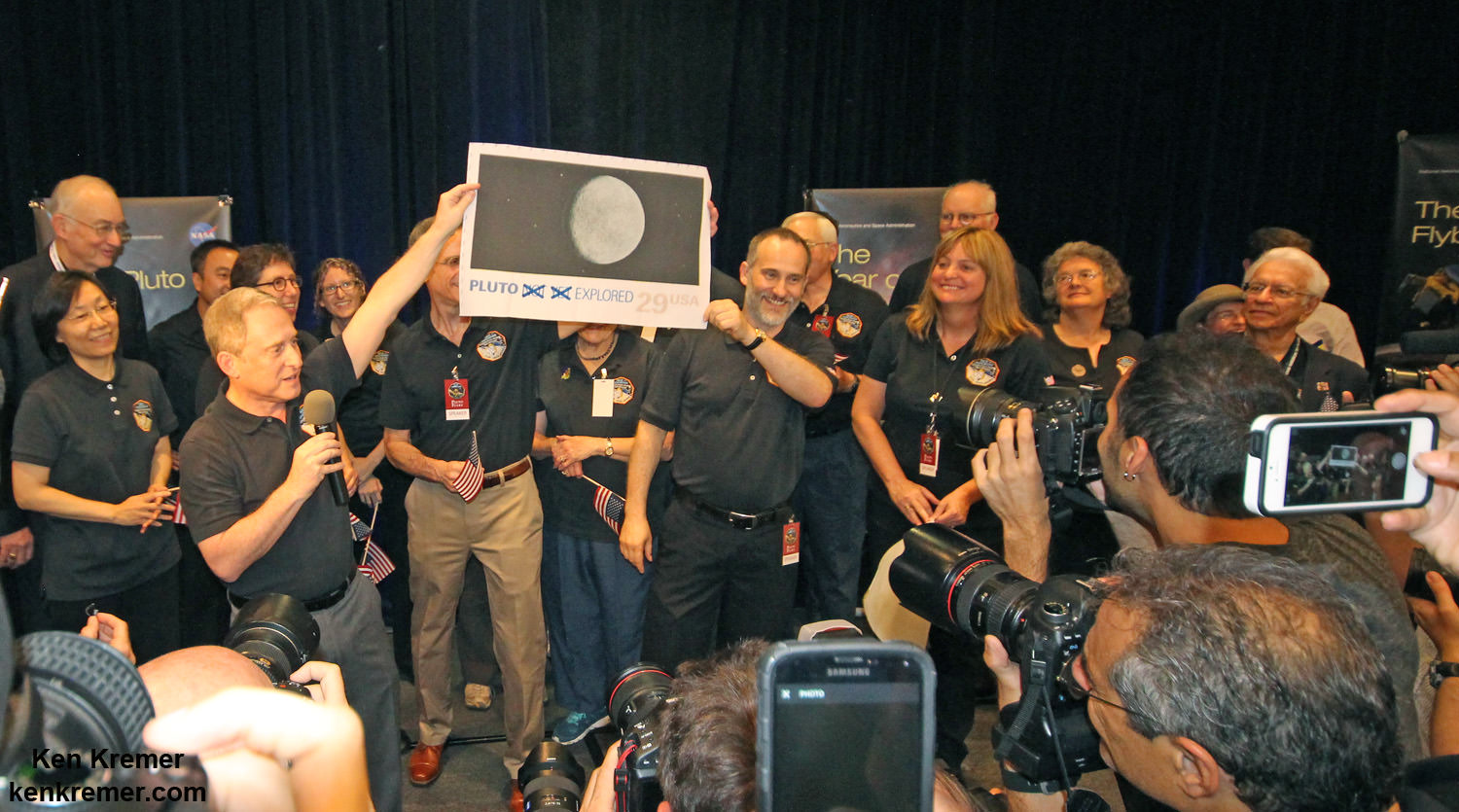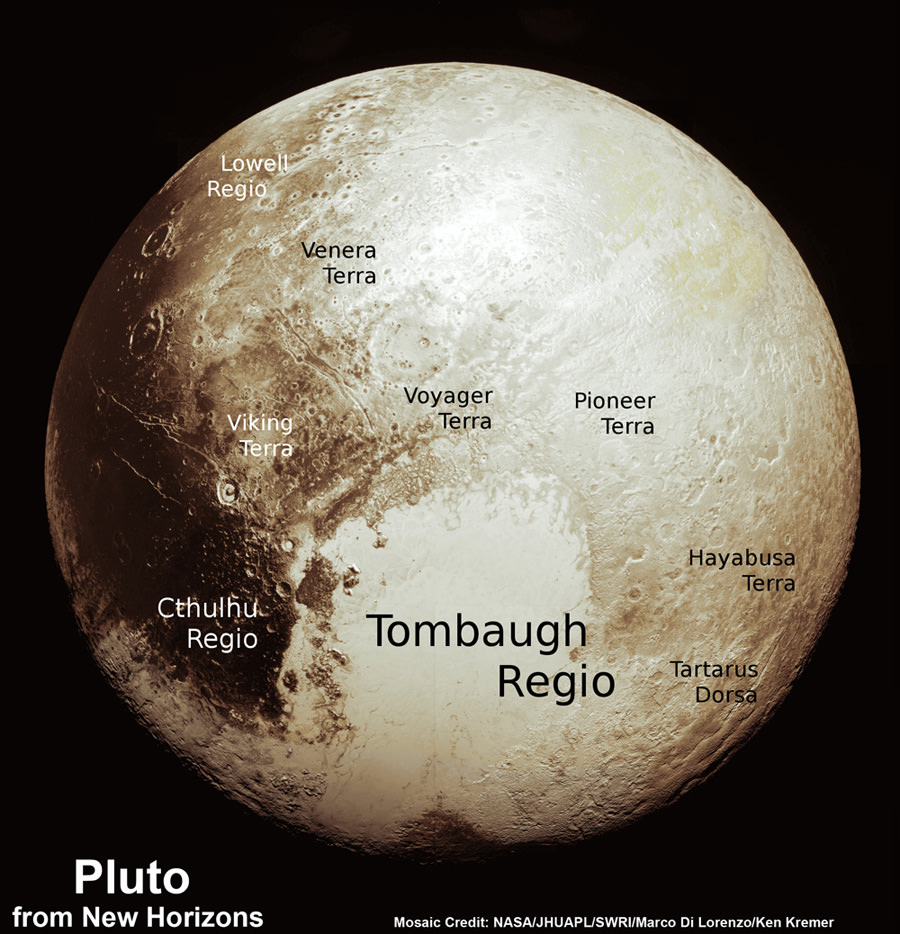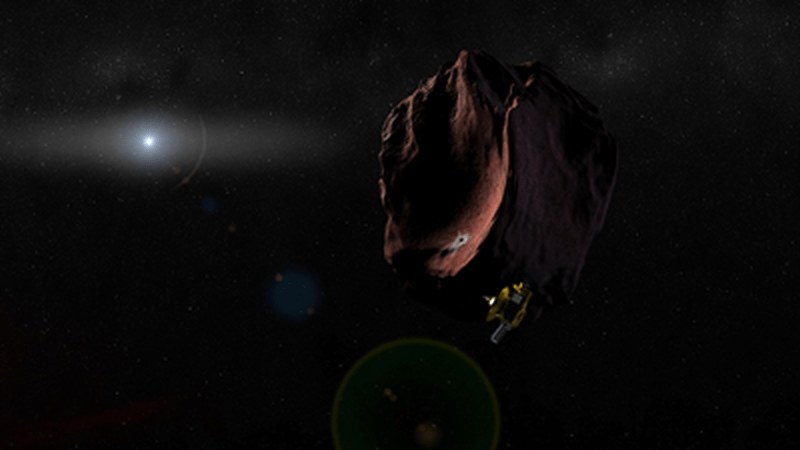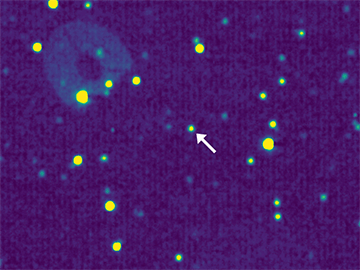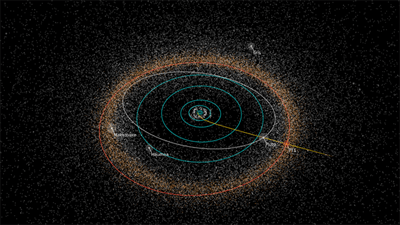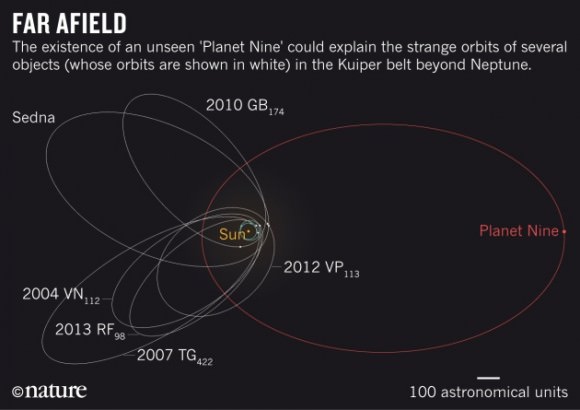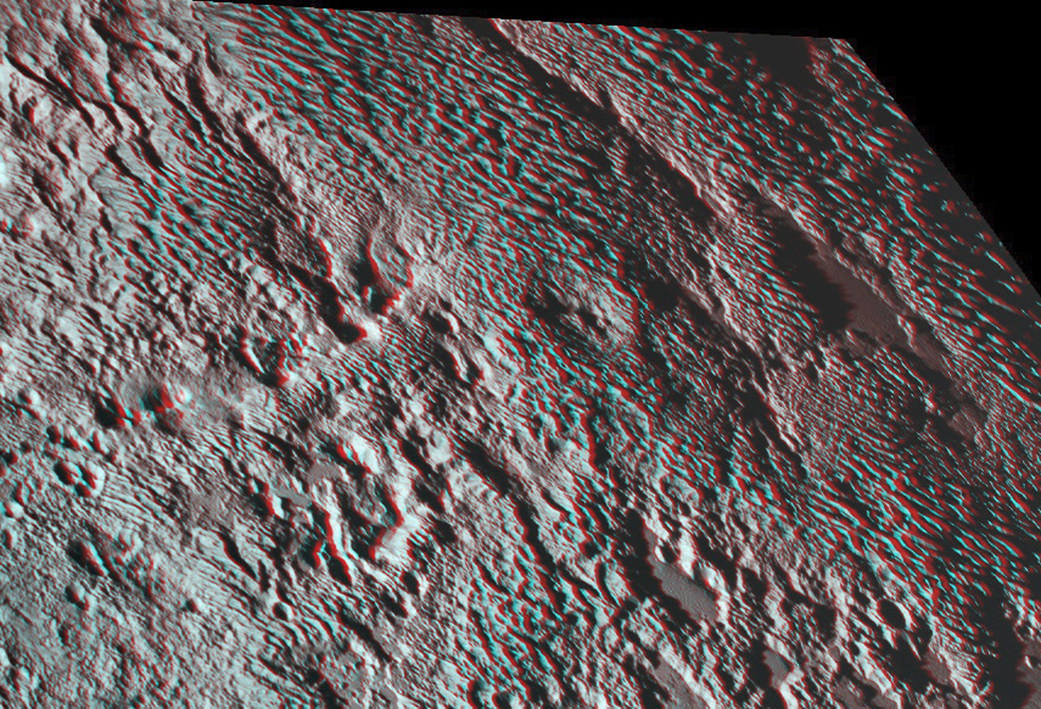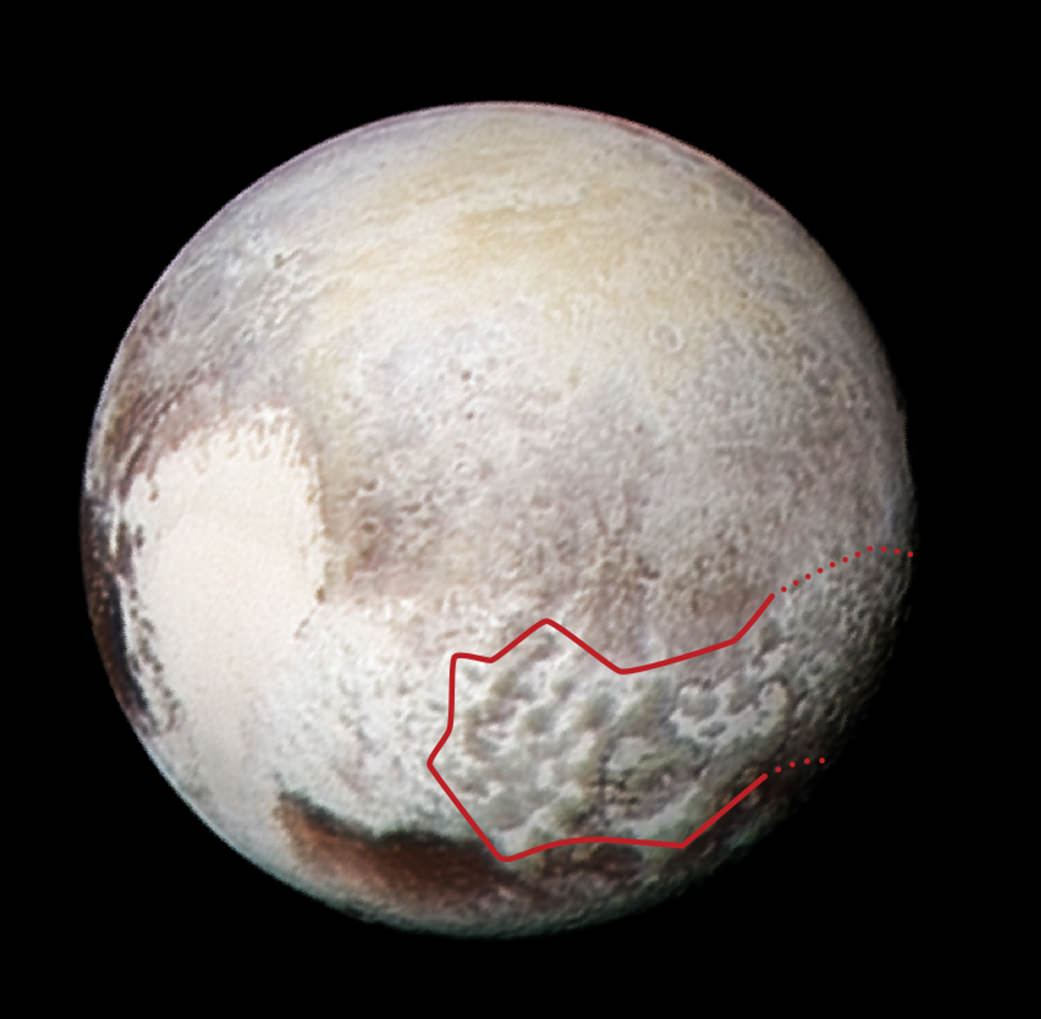Since it made its historic flyby of Pluto in July of 2015, the New Horizons mission has been venturing farther into the outer Solar System. With the spacecraft still healthy and its system in working order, the mission was extended to include the exploration of additional Kuiper Belt Objects (KBOs). The first target for this part of its mission is the KBO known as 2014 MU69, which New Horizons is currently making its way towards.
In the past, NASA believed this object was a spherical chunk of ice and rock measuring 18–41 km (10–30 mi) in diameter. However, a more recent occultation observation has led the New Horizon‘s team to conclude that MU69 may actually be a large object with a chunk taken out of it (an “extreme prolate spheroid”) or two objects orbiting very closely together or touching – aka. a close or contact binary.
In 2015, MU69 was identified as one of two potential destinations for New Horizons and was recommended to NASA by the mission science team. It was selected because of the immense opportunities for research it presented. As Alan Stern, the Principle Investigator (PI) for the New Horizons mission at the Southwest Research Institute (SwRI), indicated at the time:
“2014 MU69 is a great choice because it is just the kind of ancient KBO, formed where it orbits now, that the Decadal Survey desired us to fly by. Moreover, this KBO costs less fuel to reach [than other candidate targets], leaving more fuel for the flyby, for ancillary science, and greater fuel reserves to protect against the unforeseen.”
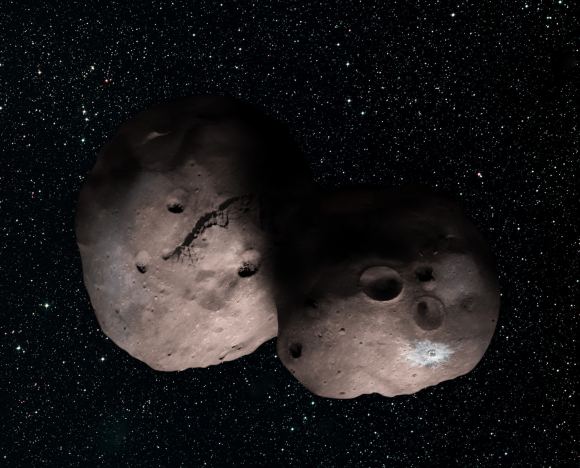
The most recent observation of the KBO took place on July 17th, 2017, when the object passed in front of a star. This provided the New Horizon’s team with an opportunity to measure the resulting dip in the star’s luminosity – aka. an occultation – using a series of telescopes that they had deployed to a remote part of Patagonia, Argentina. These sorts of observations are performed regularly in order to obtain estimates of an asteroid’s size and position.
In the case of MU69’s occulation, the New Horizons team was able to obtain vital data that will help the mission planners to plot the trajectory of their flyby. In addition, the data revealed things about MU69’s size, shape, orbit, and the environment that surrounds it. It was because of this that the team began to question earlier estimates on the object’s size and shape.
Based on their new observations, they are confident that the object is no more than 30 km (20 mi) long, if it is an extreme prolate spheroid. If, however, it is a binary, the two objects that compose it are believed to measure about 15-20 km (9-12 mi) in diameter each. Alan Stern expanded on these new findings in a recent NASA press statement, saying:
“This new finding is simply spectacular. The shape of MU69 is truly provocative, and could mean another first for New Horizons going to a binary object in the Kuiper Belt. I could not be happier with the occultation results, which promise a scientific bonanza for the flyby.”
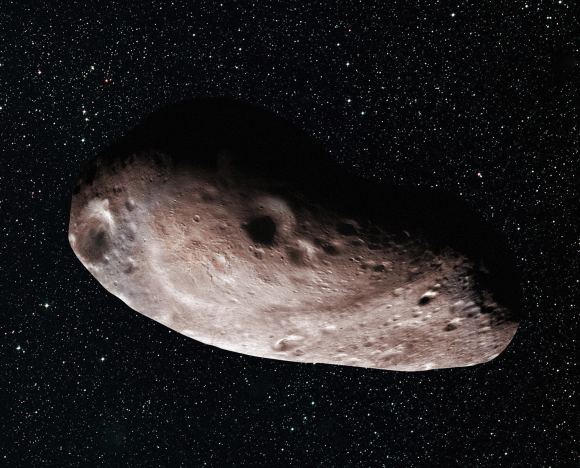
The recent stellar occulation was the third of three observations conducted for the New Horizons mission. To prepare for the event, the New Horizons team traveled to Argentina and South Africa on June 3rd. On July 10th, a week before the occultation, NASA’s airborne Stratospheric Observatory for Infrared Astronomy (SOFIA) provided support by studying the space around MU69.
Using its 2.5 m (100-inch) telescope, SOFIA was looking for debris that might present a hazard to New Horizons spacecraft as it makes its flyby less than 17 months from now. Last, but certainly not least, the team also relied on data provided by NASA’s Hubble Space Telescope and the ESA’s Gaia satellite to calculate and pinpoint where MU69 would cast its shadow on Earth’s surface.
Thanks to their assistance, the New Horizons team knew exactly where the occultation shadow would be and set up their “fence line” of small, mobile telescopes accordingly. Marc Buie – the New Horizons co-investigator – was responsible for leading the observation campaign. As he explained, the data it yielded will be of great help in the planning the flyby, but also indicated that their could be some surprises in the future:
“These exciting and puzzling results have already been key for our mission planning,” he said, “but also add to the mysteries surrounding this target leading into the New Horizons encounter with MU69, now less than 17 months away.”
The flyby with MU69 is scheduled to take place on Jan. 1st, 2019, and will be the most distant flyby in the history of space exploration. In addition to being 1.6 billion km (1 billion mi) from Pluto, the New Horizons spacecraft will be 6.5 billion km (4 billion mi) from Earth! What’s more, the first-ever study of a KBO is expected to yield some fantastic scientific data, and tell us much about the formation and evolution of our Solar System.
Further Reading: NASA


